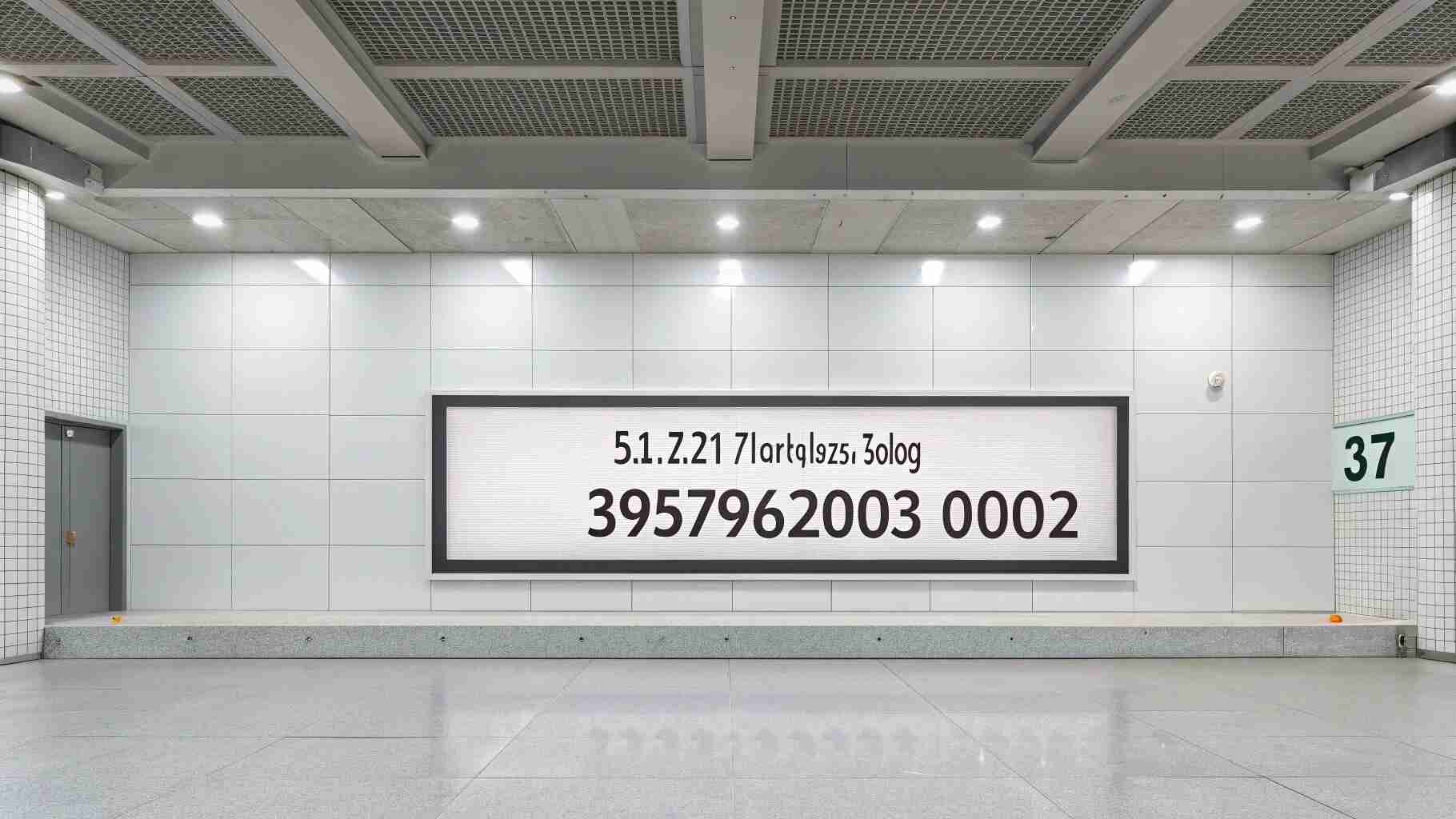If you’ve stumbled upon “s-1-5-21-719432545-3696842814-3937962003-1002” in your Windows operating system, you’re probably wondering what it means.
It looks cryptic, right? Like something out of a hacker’s toolkit or an error code that makes no sense at all. But don’t worry! This seemingly random string of characters is actually a Security Identifier (SID), and it’s a vital part of how your Windows computer keeps track of users and permissions.
In this article, we will take a deep dive into what this SID represents, why it matters, how to troubleshoot related issues, and how to manage your system’s security effectively.
What Is a Security Identifier (SID)?
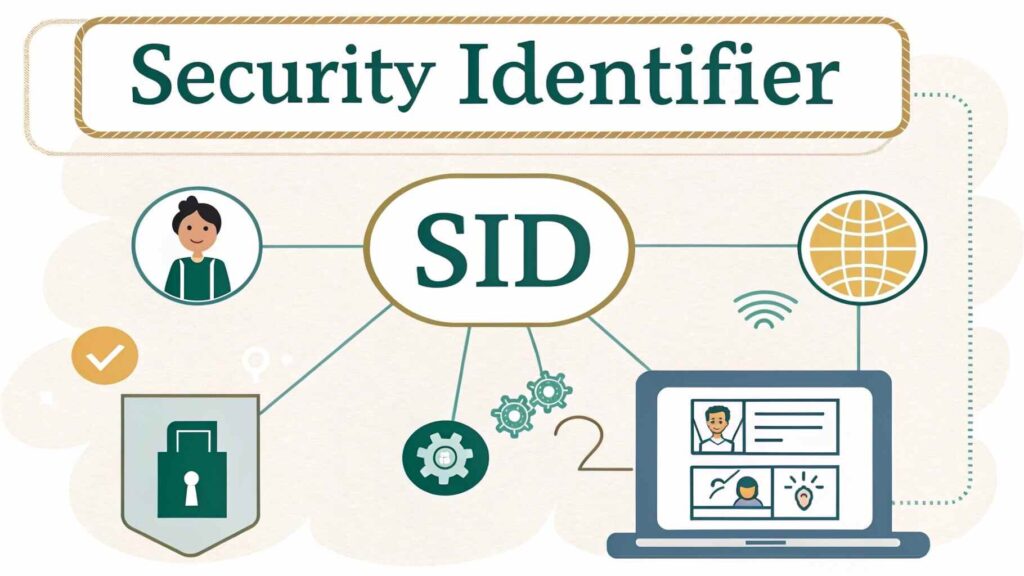
A Security Identifier (SID) is a unique string of numbers assigned to every user, group, or computer account in a Windows environment.
These identifiers help Windows manage access control and permissions effectively. Every account is tied to a unique SID, which remains constant even if the username is changed.
This ensures security across different user accounts and prevents unauthorized access. SIDs are crucial for authentication, as Windows uses them to grant or deny access to system files, user directories, and administrative settings.
Breaking Down “s-1-5-21-719432545-3696842814-3937962003-1002”:
Let’s break this SID down into parts to understand its meaning:
- S: This prefix indicates that it is a Security Identifier.
- 1: Represents the revision level of the SID structure.
- 5: Identifies the issuing authority, which in this case is the NT Authority (used for Windows security identifiers).
- 21: Signifies that it belongs to a domain or a standalone machine.
- 719432545-3696842814-3937962003: This section represents a unique machine/domain identifier assigned by Windows.
- 1002: The Relative Identifier (RID), which uniquely identifies a user or group within the system.
Understanding this breakdown allows system administrators and security professionals to manage permissions effectively and troubleshoot authentication issues.
Also Read:Crypto30x.com Gigachad – The Ultimate Guide for Crypto Traders!
Why Is This SID Important?
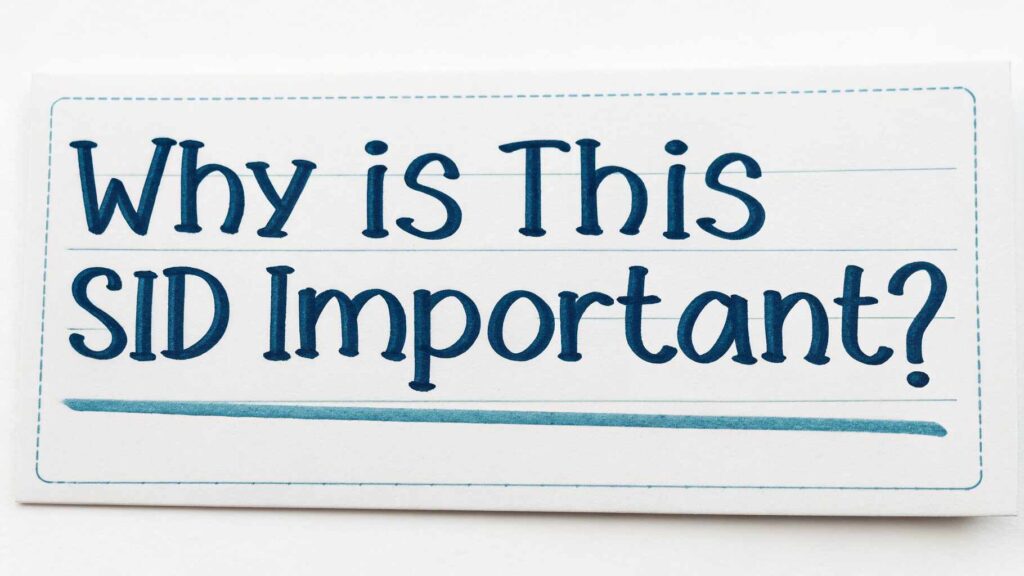
This SID plays a crucial role in Windows security, as it controls access to files, settings, and even administrative privileges.
If a user profile becomes corrupted or is deleted, the system still references the SID rather than the username, which can lead to permission issues.
Additionally, many Windows services rely on SIDs to function correctly, ensuring that only authorized users and processes can access system-critical functions.
Without SIDs, Windows security would be significantly compromised, leading to potential data breaches or system instability.
Where Can You Find Your SID?
You can find your SID using different methods based on your preference:
Using Command Prompt:
- Open Command Prompt (Win + R, then type cmd).
- Type whoami /user and press Enter.
- Your SID will be displayed next to your username.
Using PowerShell:
- Open PowerShell.
- Type Get-WmiObject Win32_UserAccount | Select-Object Name, SID.
- Locate your username and find the corresponding SID.
By using these methods, you can identify the SID associated with your account and troubleshoot access-related issues efficiently.
Also Read:NaafiriMains – The Ultimate Guide for Naafiri Players!
What Happens If You Delete or Modify This SID?

Deleting or modifying a SID incorrectly can cause serious issues, including:
- Loss of access to personal files and system settings.
- Users being unable to log in due to profile misconfiguration.
- Permission errors in applications, preventing software from running correctly.
If a SID is deleted without reassigning permissions, Windows may generate a temporary profile upon login, leading to missing files and configurations. To prevent such issues, always ensure that SIDs are managed properly and not manually altered unless necessary.
How Does Windows Use This SID?
Windows uses SIDs for multiple security-related functions, including:
- User Authentication: SIDs are assigned to every user to verify their identity during login.
- Access Control: Determines which users or groups can access certain files, folders, and registry keys.
- Privilege Management: Assigns administrative and user rights based on SID association.
- Security Logs: Windows records user activity using their assigned SID for auditing purposes.
By linking permissions and system actions to unique SIDs, Windows ensures a secure computing environment that prevents unauthorized access.
Also Read:Can We Sleep in Farewell BG3 Reddit Spoilers – A Deep Dive into the Ending of Baldur’s Gate 3!
SID vs. Username: What’s the Difference?
While usernames are a user-friendly way to identify accounts, SIDs provide a more robust and unchangeable identifier.
Usernames can be changed easily, but SIDs remain constant until the user account is deleted and recreated.
This ensures that permissions and access control are not affected by simple name changes, maintaining the security and integrity of the system.
Common Issues Related to “s-1-5-21-719432545-3696842814-3937962003-1002”:
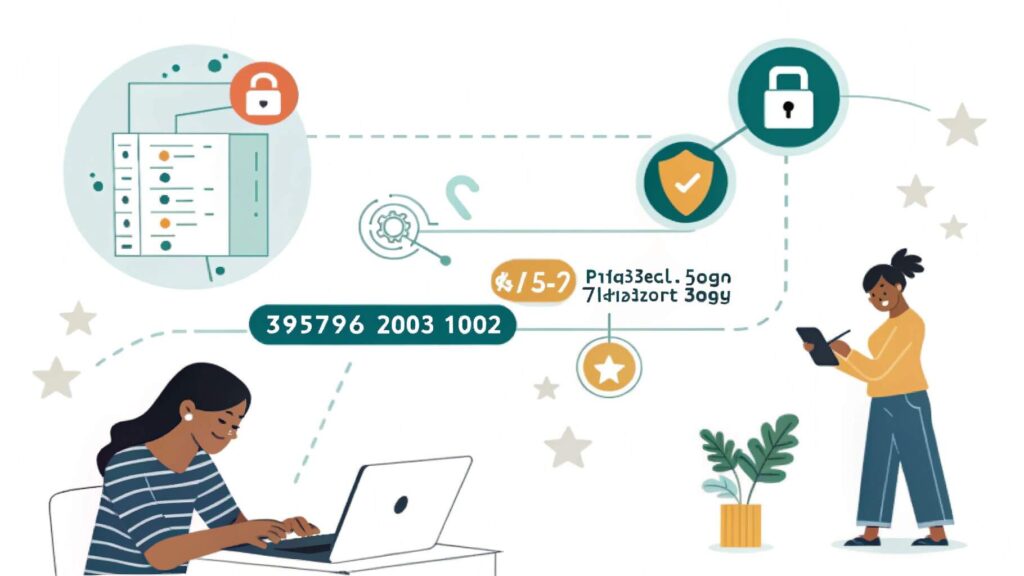
Users often encounter issues with SIDs, including:
- Corrupt User Profiles: Windows may fail to load a user profile correctly, leading to a temporary profile being created.
- Permission Errors: A user might be unable to access files or folders due to mismatched SIDs.
- Missing Profile Data: If the SID is changed or deleted, the system may not recognize the account properly.
Understanding these common problems allows users to take the necessary steps to prevent and resolve SID-related errors efficiently.
How to Fix SID-Related Issues:
Reassigning a New User Profile:
If your profile is corrupted:
- Log in with an administrator account.
- Open the Registry Editor (regedit).
- Navigate to HKEY_LOCAL_MACHINE\SOFTWARE\Microsoft\Windows NT\CurrentVersion\ProfileList.
- Locate the SID and delete any profile keys associated with the corrupted account.
- Restart your computer and log in again.
Taking Ownership of Files:
If you are locked out of files or folders:
- Right-click the file/folder.
- Select Properties > Security tab.
- Click Advanced > Change Owner.
- Assign yourself as the owner and apply changes.
Resetting User Permissions:
If permissions are causing issues, use this command in Command Prompt:
icacls “C:\Users\YourUsername” /reset /T /C /L
This resets permissions for all files within the user’s directory, restoring access control settings.
Also Read:r/OntarioGrade12s – Everything You Need to Know1!
Preventing SID Issues in the Future:
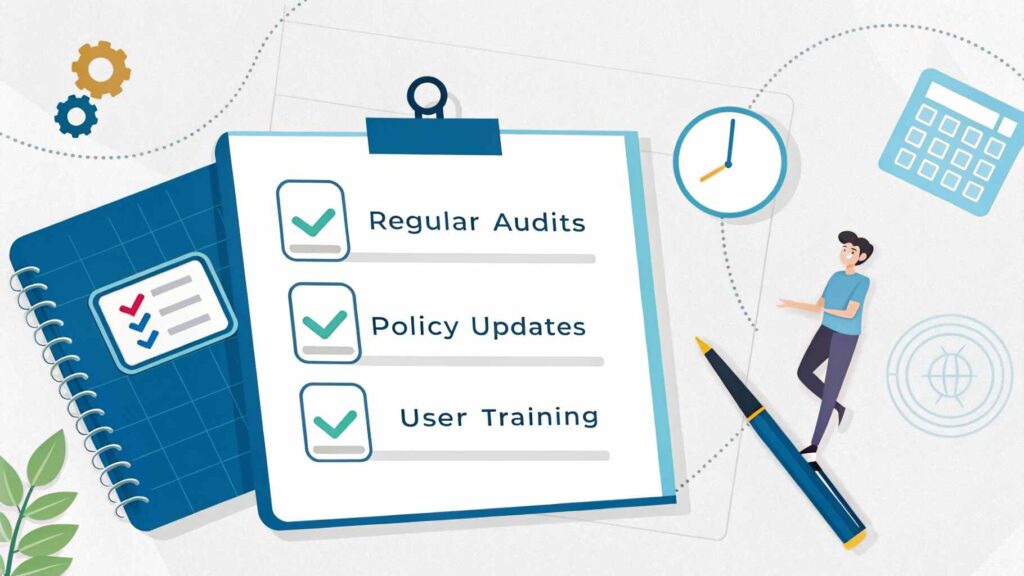
To minimize SID-related problems:
- Regularly back up your registry and important files.
- Use proper administrative privileges when modifying user accounts.
- Avoid manually deleting user profiles without reassigning permissions.
How Are SIDs Generated in Windows?
Windows generates SIDs using an algorithm that ensures uniqueness across machines and domains. When a new user or system account is created, the OS assigns a unique SID that includes a domain identifier and a relative identifier (RID).
The RID portion differentiates users within a system, ensuring that no two accounts have the same SID. This system prevents identity conflicts and enhances security by maintaining a reliable structure for access control.
Can a SID Be Changed?
SIDs are not meant to be changed. When an account is deleted and recreated, it receives a new SID, even if the username remains the same.
This is why restoring deleted accounts doesn’t retain their previous permissions. If you need to transfer permissions, you must manually reassign them or use migration tools. While there are methods to modify SIDs, doing so is risky and can cause security issues.
Also Read:Puixudosvisdacize – The Revolutionary Concept Transforming Technology and Society!
Understanding Well-Known SIDs in Windows

Besides user-specific SIDs, Windows includes well-known SIDs that define system roles and groups:
- S-1-1-0 (Everyone): Represents all users.
- S-1-5-32-544 (Administrators): Identifies users with admin privileges.
- S-1-5-18 (Local System): Represents the Windows system itself.
- S-1-5-19 (Local Service): Used for limited-access system services.
These predefined SIDs simplify permission management, allowing Windows to assign consistent access rights across accounts.
How to Convert a SID to a Username:
To find the username associated with a SID, use the following method:
- Open Command Prompt.
- Type wmic useraccount where SID=’S-1-5-21-xxxx’ get Name.
- Press Enter to view the username linked to that SID.
This technique helps administrators verify which users correspond to specific security identifiers.
What Happens When Two Systems Have the Same SID?
In standalone computers, duplicate SIDs generally cause no issues. However, in a domain environment, having identical SIDs can create security conflicts, such as incorrect permission assignments.
This often happens when disk images are cloned without using tools like Sysprep, which resets SIDs. To avoid conflicts, always regenerate SIDs on cloned machines before deployment.
Also Read: R soccercirclejerk – The Funniest Soccer Community Online!
How SIDs Are Used in Active Directory (AD):
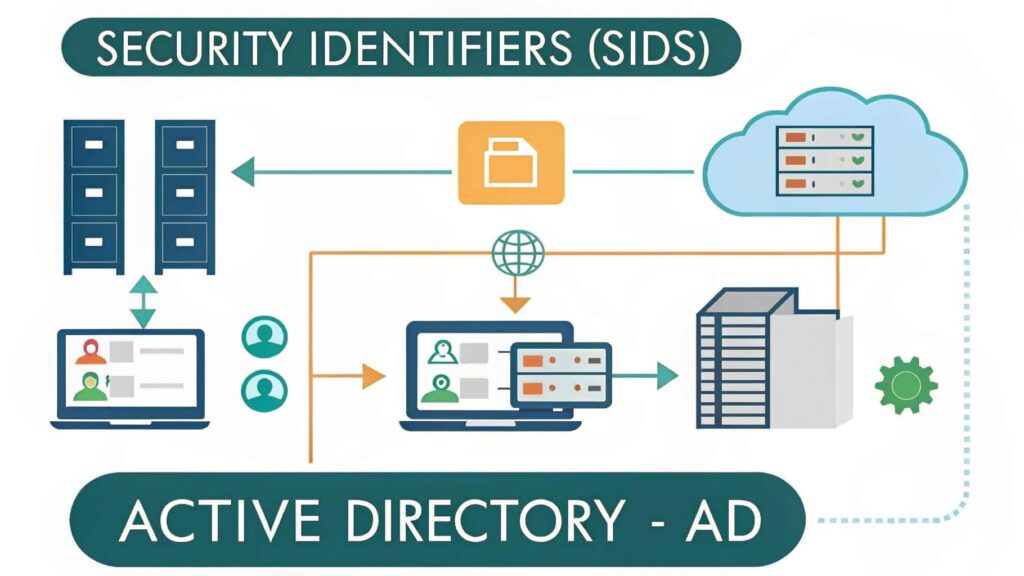
In an Active Directory (AD) environment, SIDs play a crucial role in identity management. Every domain user and group has a SID, which is referenced in:
- Group Policies: Access permissions are linked to SIDs.
- Security Auditing: Windows logs user activities based on SID.
- Domain Trusts: SIDs verify user identities across domains.
Understanding SIDs in AD helps IT administrators manage security policies and troubleshoot login issues efficiently.
How to Resolve the “Unknown SID” Issue:
Sometimes, you might see an “Unknown SID” in file permissions. This happens when a user account is deleted, but its SID remains assigned to files. To fix this:
- Right-click the affected file/folder.
- Go to Properties > Security.
- Remove or replace the unknown SID with an existing user. This cleanup ensures that old, invalid SIDs don’t interfere with file access.
Using Third-Party Tools to Manage SIDs:
Several tools help administrators analyze and manage SIDs efficiently:
- PsGetSid (Sysinternals Suite): Retrieves SIDs of users and groups.
- SIDWalker: Helps identify and clean up orphaned SIDs.
- PowerShell Scripts: Automates SID lookup and management.
Using these tools streamlines security management, making it easier to handle permissions and troubleshoot identity-related issues.
Also Read: CP 99900 FZ 019141 – Everything You Need to Know!
Best Practices for Managing SIDs:
To ensure your system remains secure and stable:
- Always use Sysprep when cloning Windows installations.
- Avoid manually deleting SIDs unless necessary.
- Regularly review and remove orphaned SIDs from file permissions.
- Use Active Directory Group Policies to manage user SIDs efficiently.
- Keep backups before making registry changes related to SIDs.
Following these best practices helps prevent SID-related errors and ensures seamless system administration.
FAQ’s
1. What is “s-1-5-21-719432545-3696842814-3937962003-1002” in Windows?
It is a unique Security Identifier (SID) assigned to a specific user account or system entity in Windows.
2. How can I find my SID in Windows?
Use the Command Prompt and enter whoami /user or use PowerShell with Get-WmiObject Win32_UserAccount | Select Name, SID.
3. Can I change my SID in Windows?
No, SIDs are unique and cannot be changed. Deleting and recreating an account generates a new SID.
4. What happens if my SID gets corrupted?
A corrupted SID can cause login failures, permission issues, and missing profile data, requiring registry fixes or new user profile creation.
5. Why does Windows use SIDs instead of usernames?
Usernames can change, but SIDs remain constant, ensuring stable user identification and security management.
6. How can I delete an unused SID?
Go to Registry Editor, navigate to HKEY_LOCAL_MACHINE\SOFTWARE\Microsoft\Windows NT\CurrentVersion\ProfileList, and delete the corresponding SID.
7. What does “unknown SID” mean in file permissions?
It means the user account associated with that SID has been deleted, leaving orphaned permissions.
8. Can duplicate SIDs cause issues?
Yes, duplicate SIDs in domain environments can lead to access conflicts and security vulnerabilities.
9. How do I fix permission issues related to a SID?
Take ownership of the files or reset permissions using icacls “C:\Users\YourUsername” /reset /T /C /L.
10. Is it safe to modify SIDs manually?
No, modifying SIDs can break security settings and cause system instability.
Conclusion:
Understanding “s-1-5-21-719432545-3696842814-3937962003-1002” is essential for managing Windows security and user permissions. By learning how to locate, troubleshoot, and manage SIDs, you can ensure a stable and secure computing experience. If you encounter SID-related errors, follow the steps outlined above to diagnose and resolve the problem effectively.
Also Read:

